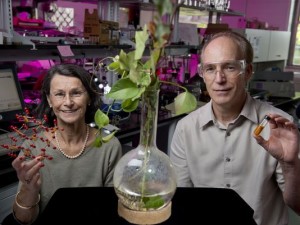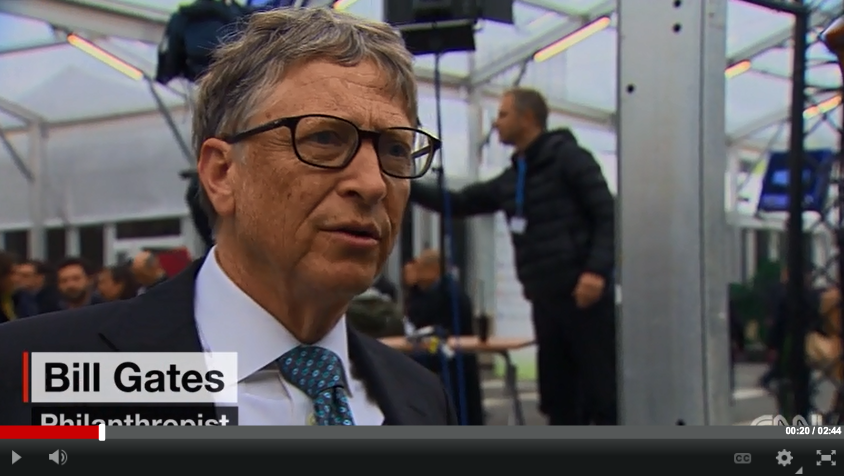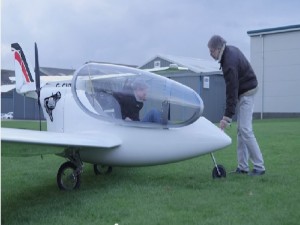
Rutgers researchers Martha Greenblatt (left) and Chalres Dismukes (right) have developed a cost-effective energy storage technology to advance sustainable energy.
Image: Nick Romaneko/Rutgers University
Dan Fatton, ECS Director of Development & Membership services, spotted an article in My Central Jersey that details a potential game changer in sustainable energy.
Researchers from Rutgers University may have just found the key to advancing renewable resources and potentially growing an energy infrastructure based on sustainability.
The researchers from Rutgers’ Chemistry and Chemical Biology Department have recently developed a novel patent-pending energy storage technology grounded in electrochemical science. The new technology is said to not only be cost-effective, but also a highly efficient way to store sustainable energy for later use.
The research published in the journal Energy & Environmental Science addresses the feasibility of widespread utilization of sustainable power.
“We have developed a compound, Ni5P4 (nickel-5 phosphide-4), that has the potential to replace platinum in two types of electrochemical cells: electrolyzers that make hydrogen by splitting water through hydrogen evolution reaction (HER) powered by electrical energy, and fuel cells that make electricity from combining hydrogen and oxygen,” co-author of the study Charles Dismukes explained to My Central Jersey.
(more…)
 According to the Georgia Institute of Technology, crab shells and trees may soon replace the flexible plastic packaging used to keep food fresh. The innovative process involves spraying multiple layers of chitin from crab shells and cellulose from trees to form a flexible film similar to plastic packaging film. Once fully dried, the material is flexible, strong, transparent, and compostable.
According to the Georgia Institute of Technology, crab shells and trees may soon replace the flexible plastic packaging used to keep food fresh. The innovative process involves spraying multiple layers of chitin from crab shells and cellulose from trees to form a flexible film similar to plastic packaging film. Once fully dried, the material is flexible, strong, transparent, and compostable.







